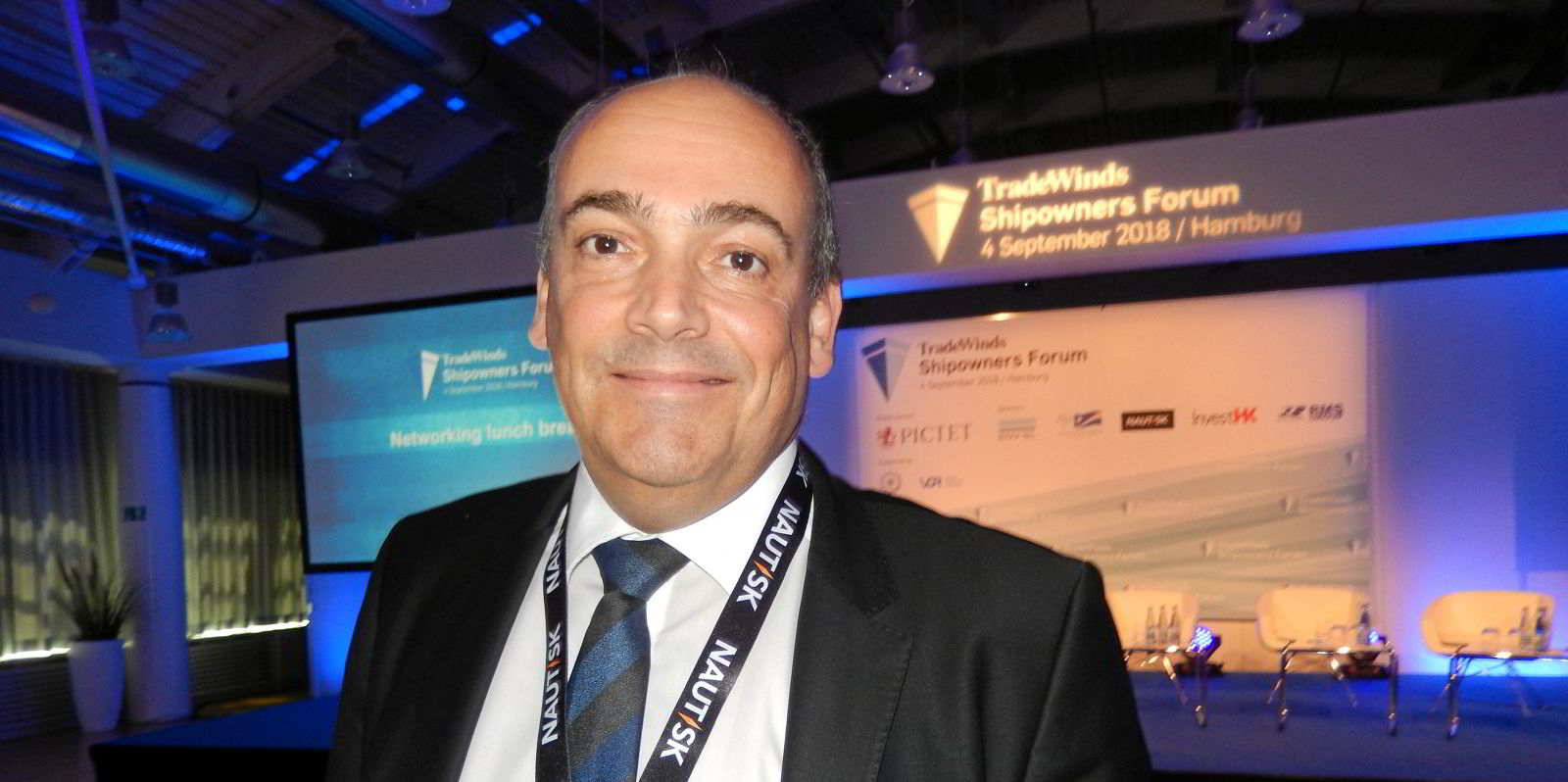Nine of the biggest container carriers are committing to fully adopting electronic bills of lading based on open-source standards by 2030 to save a potential $6.5bn in costs.
The lines, which are members of the Digital Container Shipping Association (DCSA), said they will commit to 100% adoption of an electronic bill of lading (eBL) by 2030.
“Switching away from the transfer of physical paper bills of lading could save $6.5bn in direct costs for stakeholders,” the DCSA said. It could also enable $30-40bn in annual global trade growth and improve sustainability, the lines added.
DCSA member carriers include: MSC, Maersk, CMA CGM, Hapag-Lloyd, ONE, Evergreen, Yang Ming, HMM and ZIM. The organisation is neutral and non-profit.
Ocean carriers issue around 45m bills of lading a year, but in 2021 only 1.2% of them were electronic.
Bills of lading are one of the most important trade documents in container shipping as they function as a document of title, receipt for shipped goods and a record of agreed terms and conditions.
Manual, paper-based processes are time-consuming, expensive and environmentally unsustainable along complex supply chains and can break down when cargo in ports cannot be gated out because original bills of lading or title documents fail to arrive or cannot be manually processed in time.
Digital processes should enable data to flow instantly and securely, reducing delays and waste, the lines believe, and benefit customers, banks, customs and government authorities.
DCSA chief executive Thomas Bagge said the digitalisation of international trade holds vast potential for the world economy.
“This heralds the start of a new era in container shipping as the industry transitions to scaled automation and fully paperless trade,” he said.
MSC Mediterranean Shipping Company chief executive Soren Toft, said the container shipping industry needs to accelerate digitalisation to become more efficient, secure and a better experience for customers.
“Moving to 100% eBL will contribute towards our climate goals, as we move towards net zero 2050,” he added.
AP Moller -Maersk chief executive Vincent Clerc said the move was an important step towards creating a digital standard of one of the most cost-heavy and troublesome components in shipping.
“A fully digitised bill of lading enables a more seamless customer experience across the supply chain and in turn, it will help democratise trade and reduce time and costs for all involved parties.
“The need for digitisation in logistics is urgent, and the industry needs to speed up the process,” Clerc said.
Olivier Nivoix, group executive vice-president, shipping, CMA CGM Group said the 100% eBL goal is an important milestone, paving the way for the digitisation of the entire value chain.”
Hapag-Lloyd chief executive Rolf Habben Jansen said the German carrier has been offering electronic bills of lading since last year and feedback from customers has been positive.
“The target of having 100% eBL by 2030 will require a collective effort from the industry to make it a reality,” he added.
Jeremy Nixon, chief executive of Japanese liner consortium ONE said a significant acceleration in eBL usage will pave the way for greater interoperability across global supply chains, and Evergreen Marine president Eric Hsieh added that it was critical all parties played a role in enabling the transition to digital trade documentation.
Cheng-Mount Cheng, chairman and chief executive of Yang Ming said digitalising bills of lading is an inevitable trend, but added: “The transformation requires the support from all stakeholders and carriers.”
Eli Glickman, president and chief executive of ZIM said it had pioneered electronic bills of lading as early as 2017 and since then come a long way in digitalising documentation for customers in many countries.
Kim, Kyung Bae, president and chief executive of, HMM added that they will be a significant milestone in improving efficiency, reducing costs and enhancing security.






